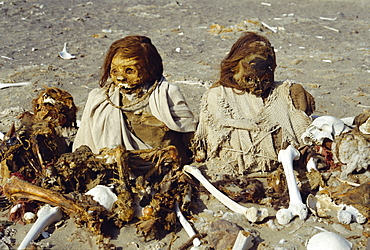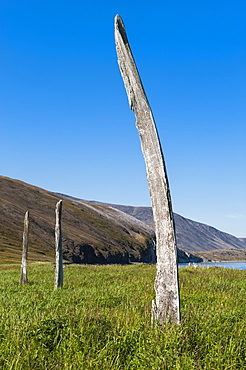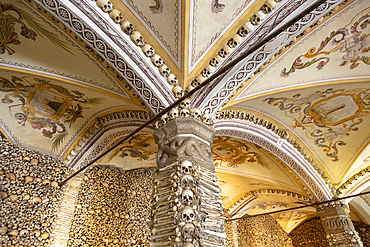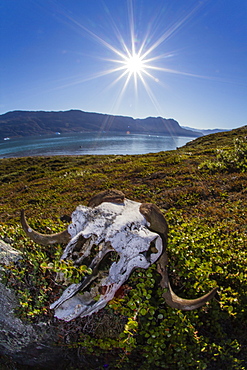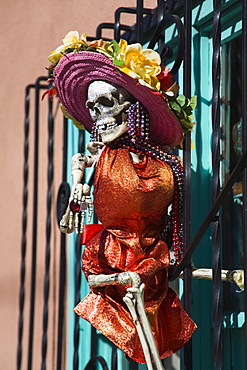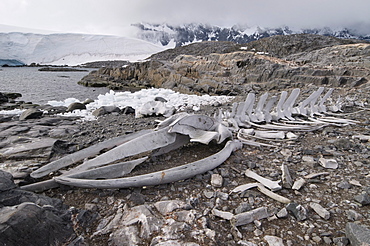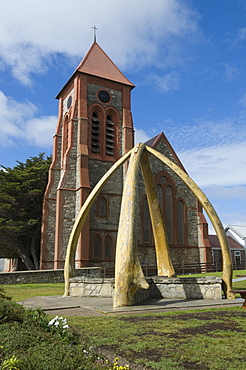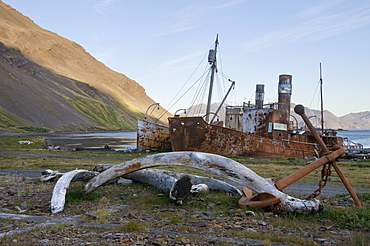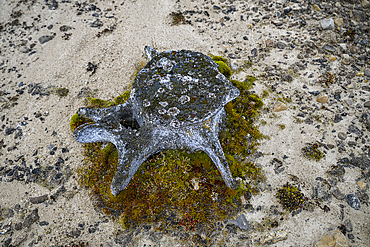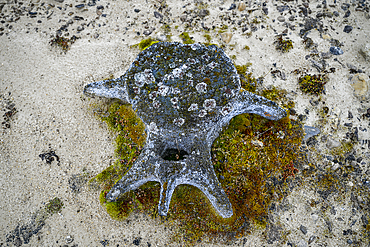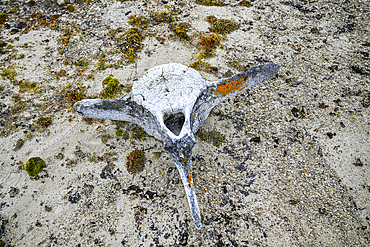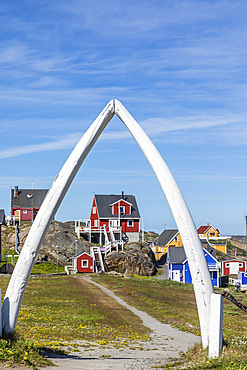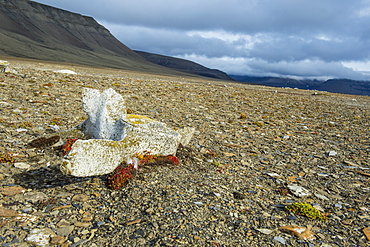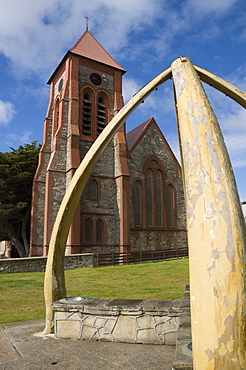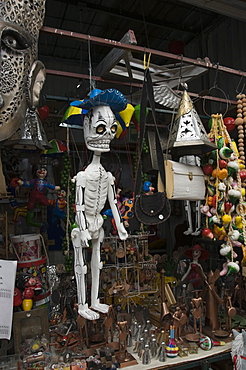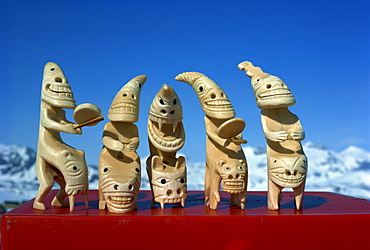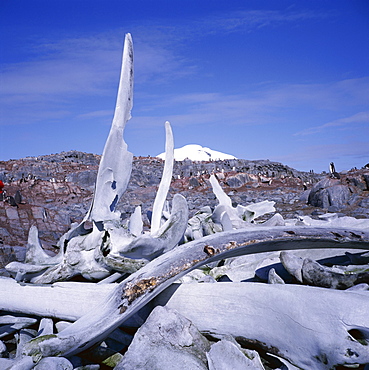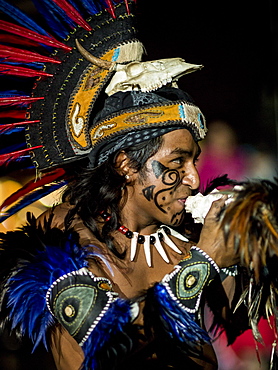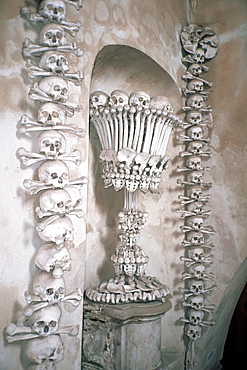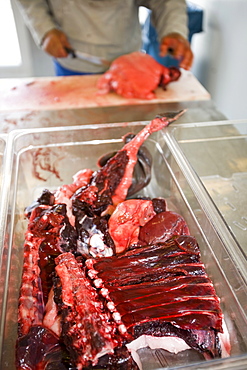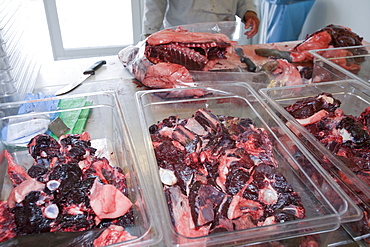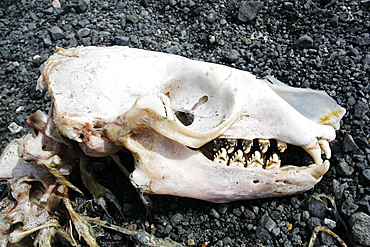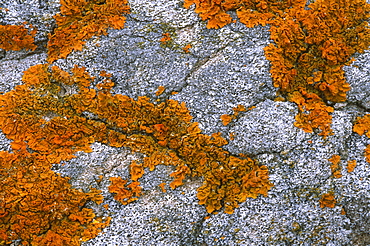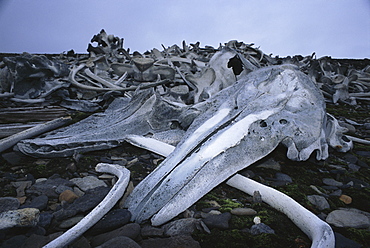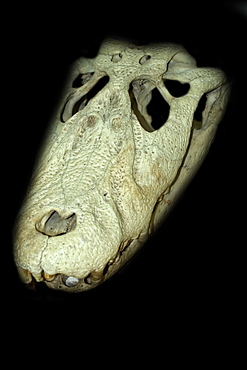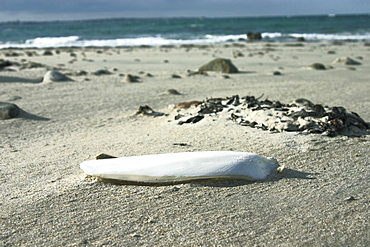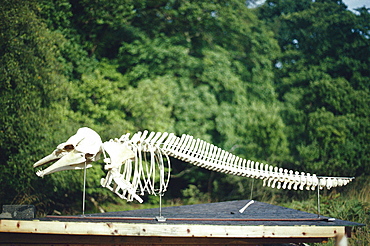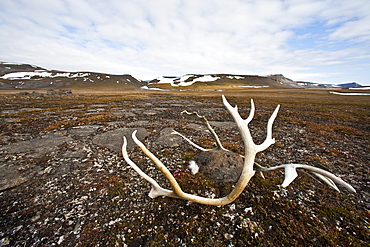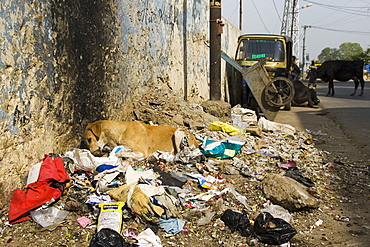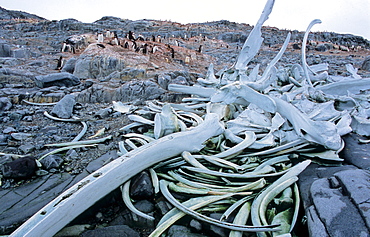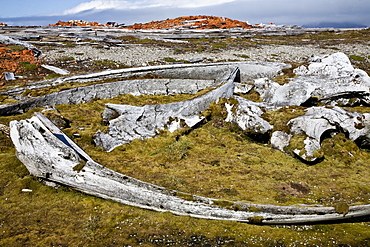Results
56 results found
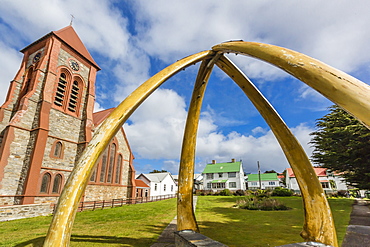
Blue whale lower jawbones form an arch in front of the Anglican Church, Stanley, Falklands, UK Overseas Protectorate, South America
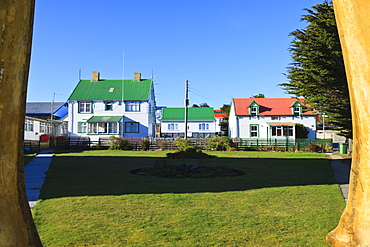
Christ Church cathedral green and houses, seen through whale bone arch, Stanley, East Falkland, Falkland Islands, South America

Decorations for the Day of the Dead festival, Plaza Principal, San Miguel de Allende, Guanajuato, Mexico, North America

Detail of figurines on sale for the Day of the Dead celebration, San Miguel de Allende, Guanajuato, Mexico, North America
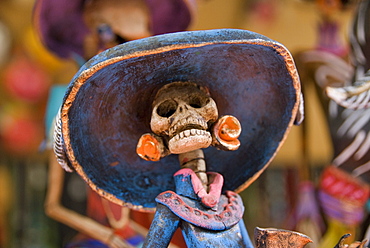
Detail of figurines on sale for the Day of the Dead celebration, San Miguel de Allende, Guanajuato, Mexico, North America

Detail of figurines on sale for the Day of the Dead celebration, San Miguel de Allende, Guanajuato, Mexico, North America
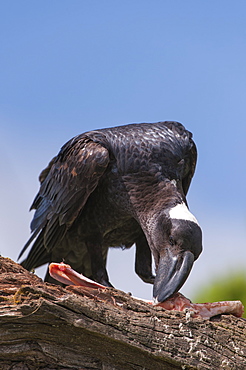
Thick-billed raven (Corvus crassirostris) feeding on a carcass, Simien Mountains National Park, Amhara region, North Ethiopia, Ethiopia, Africa
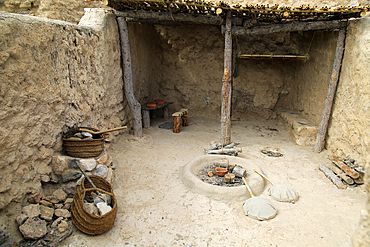
Reconstruction of buildings, Los Millares prehistoric Chalcolithic settlement archaelogical site, Almeria, Andalusia, Spain, Europe
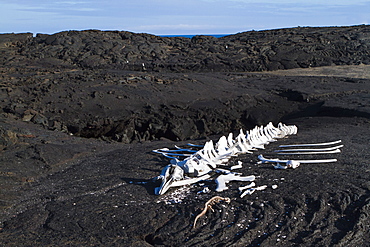
Whale skeleton, Fernandina Island, Galapagos Islands, UNESCO World Heritage Site, Ecuador, South America
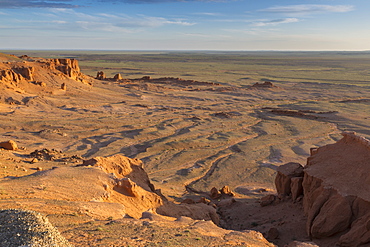
Sunrise, Flaming Cliffs, area of dinosaur bone and egg fossils, Gurvan Saikhan National Park, Bayanzag, Gobi Desert, Mongolia, Central Asia, Asia
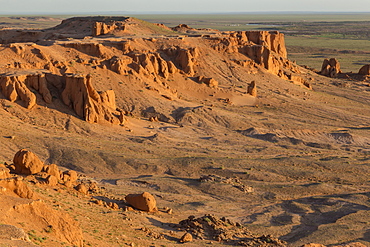
Sunrise, Flaming Cliffs, area of dinosaur bone and egg fossils, Gurvan Saikhan National Park, Bayanzag, Gobi Desert, Mongolia, Central Asia, Asia

Face and body painted local tribes celebrating the traditional Sing Sing in Paya, Papua New Guinea, Melanesia, Pacific
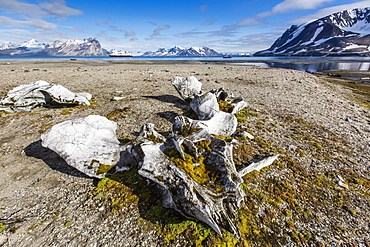
Whale remains in Gashamna (Goose Bay), Hornsund, Spitsbergen Island, Svalbard Archipelago, Norway, Scandinavia, Europe
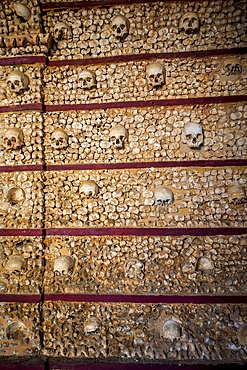
Capela dos Ossos, Third Order of Our Lady of Mount Carmel Church (Ordem Terceira de Nossa Senhora do Monte do Carmo), Faro, Algarve, Portugal
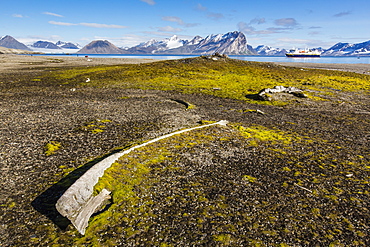
Whale remains in Gashamna (Goose Bay), Hornsund, Spitsbergen Island, Svalbard Archipelago, Norway, Scandinavia, Europe
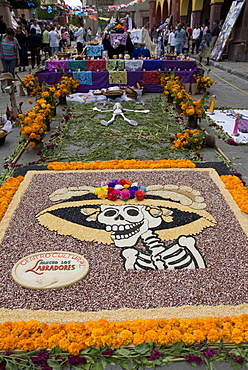
Decorations for the Day of the Dead festival, Plaza Principal, San Miguel de Allende, Guanajuato, Mexico, North America

Whale remains in Gashamna (Goose Bay), Hornsund, Spitsbergen Island, Svalbard Archipelago, Norway, Scandinavia, Europe
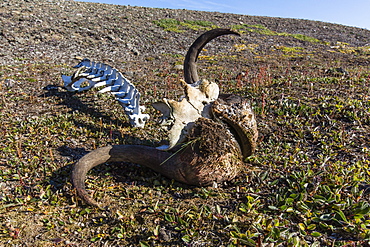
Muskox (Ovibos moschatus) skull and vertebrae, Myggebukta (Mosquito Bay), Christian X's Land, Northeast Greenland, Polar Regions
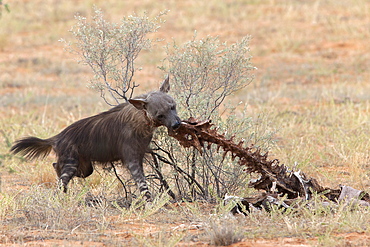
Brown hyena (Hyaena brunnea) scavenging remains of lion kill, Kgalagadi Transfrontier National Park, Northern Cape, South Africa, Africa

Whale Bone (or Whalebone) Bay, St George's, Bermuda. A popular spot for snorkeling and where traces of volcanic rock can be found in the sand.
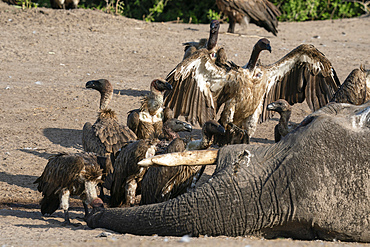
White-backed vultures (Gyps africanus) feeds on an African elephant (Loxodonta africana), Savuti, Chobe National Park, Botswana, Africa
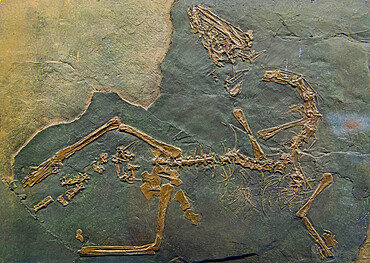
Fossils on display, Museum of Fossils from Meride, UNESCO World Heritage Site, Monte San Giorgio, Switzerland, Europe

Fossils on display, Museum of Fossils from Meride, UNESCO World Heritage Site, Monte San Giorgio, Switzerland, Europe

Skull from a short-finned pilot whale (Globicephala Macrorhynchus), Urbina Beach, Isabela Island, Galapagos Islands, UNESCO World Heritage Site, Ecuador, South America
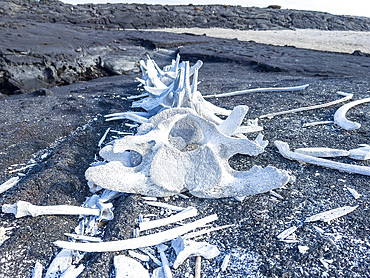
Skeleton from a Bryde's whale (Balaenoptera brydei) in the lava on Fernandina Island, Galapagos Islands, UNESCO World Heritage Site, Ecuador, South America
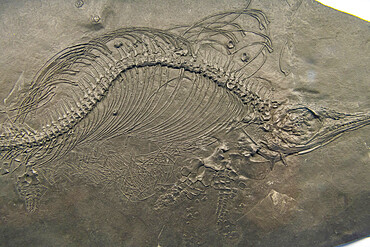
Fossils on display, Museum of Fossils from Meride, UNESCO World Heritage Site, Monte San Giorgio, Switzerland, Europe

Portrait of a man and wife with bone and cowry shell jewellery and decoration at a Sing-sing in Papua New Guinea, Pacific Islands, Pacific
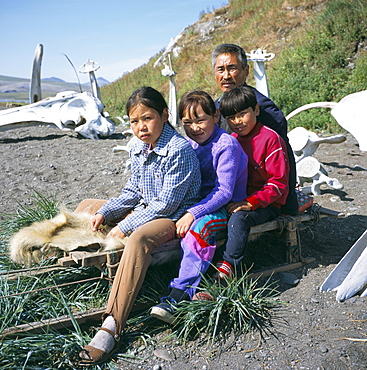
Eskimos, sledge and whale bones at Yanrakino village (population 150), Chukchi Peninsula, Russian Far East, Russia, Asia

Fijian girl in traditional costume with bone necklace during native ceremony at tribal gathering in Fiji, South Pacific

A cigarette between the lips matches the bone through his nose for this man at a Sing Sing tribal gathering in Papua New Guinea

Bare-breasted tribeswoman and tribesmen wearing face paints, bone necklaces and feathered headdress during a gathering of tribes at Mount Hagen in Papua New Guinea
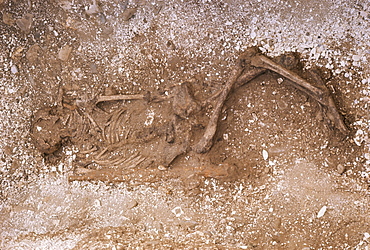
Remains of an Iron Age woman, excavated in 1976 near Rudston, East Yorkshire, Yorkshire, England, United Kingdom, Europe

Nepal. Sonam & boom praying at charnel grounds. Humla. Vajrayana is tantric mahasiddha, lives fearlessly in terrifying places like remote jungles charnel grounds. nyingma lamas perform ritual at cremation grounds. lama rattles damaru, a small ritual drum to have origins in - shamanism. damaru, used as a tantric device to summon gods ward evil spirits, once made from human skull bones dried human skin as a reminder of impermanence of body. other lama, boom blows a kangling, a human thigh-bone horn. kangling is used in exorcism is capable of gods demons. Traditionally, best bones a kangling come from brahmans, particularly sixteen-year- brahman girls-or from tigers

Nepal. Ritual, sonam/boom. Lobsangs cremation. Humla. traveler reached of journey! In freedom of infinite he is free from sorrow, fetters that bound thrown away, burning fever of life is no more,oesays dharmapada. Lobsang having spent whole life preparing moment of death, finds liberation on february 14, 1986. Extensive ritual follows cremation-traditionally a forty nine period, sonam lama rattles damaru. A small ritual drum to have origin in - shamanism. damaru, used as a tantric device to summon gods ward evil spirits, once made from human skull bone dreid human skin as a reminder of impermanence of body. Boom lama blows a kangling, a human thigh-bone horn. kangling is used in exorcism is capable of gods demons. Traditionally, best bones a kangling come from brahmans, particularly sixteen-year- brahman girls-or from tigers. On makeshift altar rest chhome, votive lamps filled with butter, cups of water, grains, tormas, holy food made of barley meal decorated with medallions of butter offered to gods. Alone, boom lama continues prayers of deceased

11th generation practicing amchi tsampha ngawang shows dragon bone used treating broken bones sticks to tongue. He treats patients throughout kali gandaki region is very active with training other amchis from over tibet, nepal mongolia
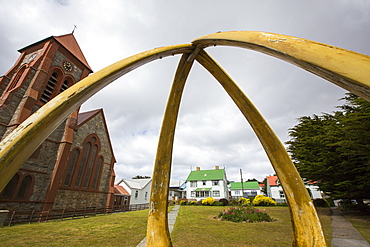
The Christian, Christ Church Cathedral in Port Stanley, the capital of the Falkland Islands, the most southerly cathedral in the world, with a whale bone arch from Blue whale lower jaw bones.
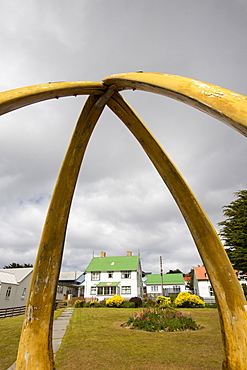
The Christian, Christ Church Cathedral in Port Stanley, the capital of the Falkland Islands, the most southerly cathedral in the world, with a whale bone arch from Blue whale lower jaw bones.

A householder in Port Stanley in the Falkland Islands who has created a whale museum, with an anti whaling slant.
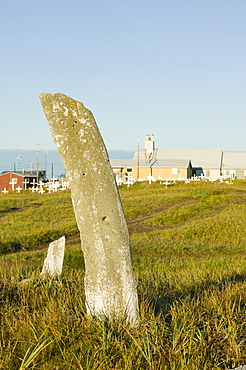
Whale bone marking the shaman's grave on Shishmaref, a tiny island between Alaska and Siberia in the Chukchi sea, home to around 600 Inuits (Eskimos, United States of America, North America
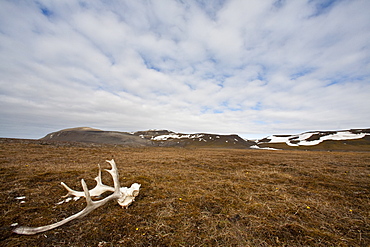
Svalbard reindeer antlers (Rangifer tarandus platyrhynchus) on the gentle plains of Talaveraflya on the south shore of Borentsoya. in the Svalbard Archipelago, Norway
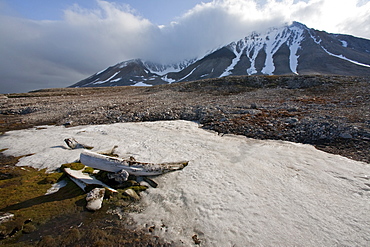
A view of the abandoned bowhead whaling station with bones strewn about in Hornsund (Horn Sound) on the southwestern side of Spitsbergen Island in the Svalbard Archipelago, Barents Sea, Norway.
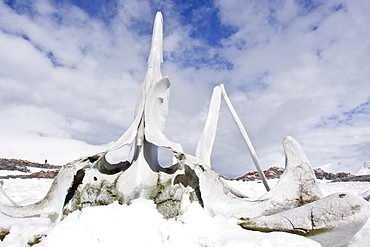
Snow-covered whale bones on Jougla Point, in Port Lockroy at the western end of Wiencke Island, Antarctica, Southern Ocean

Whalebone Alley grand vista, high altitude flora, Itygran Island (Bering Sea) Russia, Asia. MORE INFO: Whale Bone Alley was discovered by Soviet archaeologists in 1976, but has remained untouched since and little is known of this place. There is a long double line of bowhead whale bones -- jaws and ribs -- running parallel along the shore for hundreds of yards. Many of the bones, especially the enormous jaw bones, are still standing, propped up by lichen-covered rocks. The location is thought to have been used in about 1300 as a ceremonial site, for a men's secret society or feasting site.
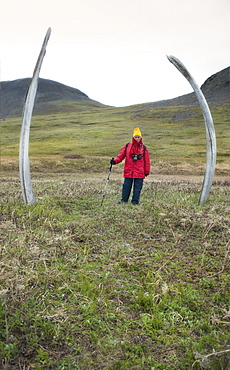
Whalebone Alley, female tourist standing between bow head whale rib bones, Itygran Island (Bering Sea) Russia, Asia. MORE INFO: Whale Bone Alley was discovered by Soviet archaeologists in 1976, but has remained untouched since and little is known of this place. There is a long double line of bowhead whale bones -- jaws and ribs -- running parallel along the shore for hundreds of yards. Many of the bones, especially the enormous jaw bones, are still standing, propped up by lichen-covered rocks. The location is thought to have been used in about 1300 as a ceremonial site, for a men's secret society or feasting site.
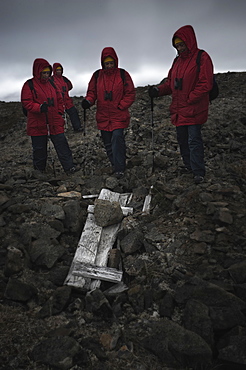
Whalebone Alley, female tourist standing around still intact extremly old inuit elder grave, skeleton still present. Itygran Island (Bering Sea) Russia, Asia. MORE INFO: Whale Bone Alley was discovered by Soviet archaeologists in 1976, but has remained untouched since and little is known of this place. There is a long double line of bowhead whale bones -- jaws and ribs -- running parallel along the shore for hundreds of yards. Many of the bones, especially the enormous jaw bones, are still standing, propped up by lichen-covered rocks. The location is thought to have been used in about 1300 as a ceremonial site, for a men's secret society or feasting site.
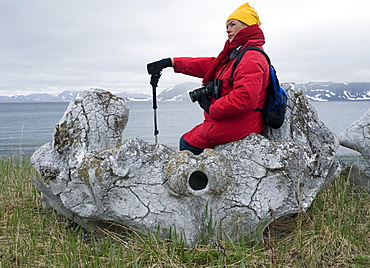
Whalebone Alley, female tourist sitting on bowhead whale bone, Itygran Island (Bering Sea) Russia, Asia. MORE INFO: Whale Bone Alley was discovered by Soviet archaeologists in 1976, but has remained untouched since and little is known of this place. There is a long double line of bowhead whale bones -- jaws and ribs -- running parallel along the shore for hundreds of yards. Many of the bones, especially the enormous jaw bones, are still standing, propped up by lichen-covered rocks. The location is thought to have been used in about 1300 as a ceremonial site, for a men's secret society or feasting site.
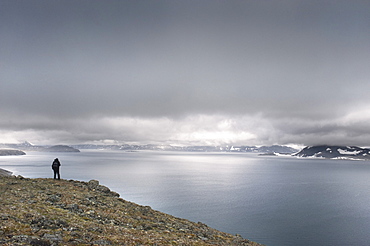
Whalebone Alley grand vista, female tourist standing on cliff face, Itygran Island (Bering Sea) Russia, Asia. MORE INFO: Whale Bone Alley was discovered by Soviet archaeologists in 1976, but has remained untouched since and little is known of this place. There is a long double line of bowhead whale bones -- jaws and ribs -- running parallel along the shore for hundreds of yards. Many of the bones, especially the enormous jaw bones, are still standing, propped up by lichen-covered rocks. The location is thought to have been used in about 1300 as a ceremonial site, for a men's secret society or feasting site.

Whalebone Alley, Bowhead whale bones, Itygran Island (Bering Sea) Russia, Asia. MORE INFO: Whale Bone Alley was discovered by Soviet archaeologists in 1976, but has remained untouched since and little is known of this place. There is a long double line of bowhead whale bones -- jaws and ribs -- running parallel along the shore for hundreds of yards. Many of the bones, especially the enormous jaw bones, are still standing, propped up by lichen-covered rocks. The location is thought to have been used in about 1300 as a ceremonial site, for a men's secret society or feasting site.
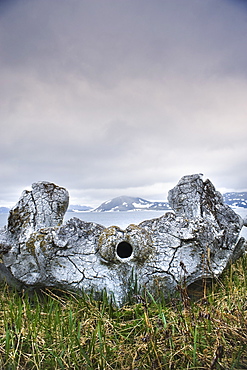
Whalebone Alley, Bowhead whale bone, Itygran Island (Bering Sea) Russia, Asia. MORE INFO: Whale Bone Alley was discovered by Soviet archaeologists in 1976, but has remained untouched since and little is known of this place. There is a long double line of bowhead whale bones -- jaws and ribs -- running parallel along the shore for hundreds of yards. Many of the bones, especially the enormous jaw bones, are still standing, propped up by lichen-covered rocks. The location is thought to have been used in about 1300 as a ceremonial site, for a men's secret society or feasting site.

Whalebone Alley grand vista, female tourist standing on cliff face, Itygran Island (Bering Sea) Russia, Asia. MORE INFO: Whale Bone Alley was discovered by Soviet archaeologists in 1976, but has remained untouched since and little is known of this place. There is a long double line of bowhead whale bones -- jaws and ribs -- running parallel along the shore for hundreds of yards. Many of the bones, especially the enormous jaw bones, are still standing, propped up by lichen-covered rocks. The location is thought to have been used in about 1300 as a ceremonial site, for a men's secret society or feasting site.

Upper and lower jaw bones (+ one rib) of a blue whale (Balaenoptera musculus) at an old whaling station. Snaefellsness Peninsular, Iceland.

Upper and lower jaw bones (+ one rib) of a blue whale (Balaenoptera musculus) at an old whaling station. BBC Broadcaster John Craven for scale. Snaefellsness Peninsular, Iceland.

A view of the abandoned bowhead whaling station with bones strewn about in Hornsund (Horn Sound) on the southwestern side of Spitsbergen Island in the Svalbard Archipelago, Barents Sea, Norway.
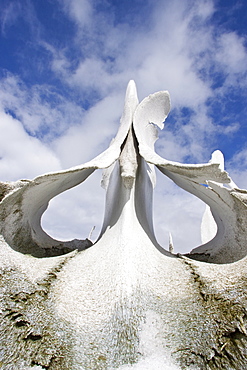
Snow-covered whale bones on Jougla Point, in Port Lockroy at the western end of Wiencke Island, Antarctica, Southern Ocean
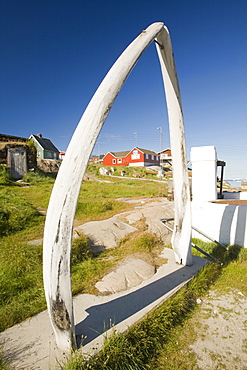
A whale bone arch and old vats for rendering down whale blubber in Ilulissat, Greenland, Polar Regions
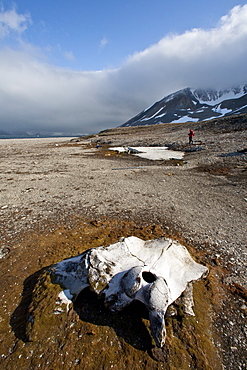
A view of the abandoned bowhead whaling station with bones strewn about in Hornsund (Horn Sound) on the southwestern side of Spitsbergen Island in the Svalbard Archipelago, Barents Sea, Norway.
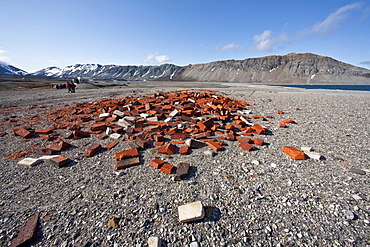
A view of the abandoned bowhead whaling station with bones strewn about in Hornsund (Horn Sound) on the southwestern side of Spitsbergen Island in the Svalbard Archipelago, Barents Sea, Norway.

A view of the abandoned bowhead whaling station with bones strewn about in Hornsund (Horn Sound) on the southwestern side of Spitsbergen Island in the Svalbard Archipelago, Barents Sea, Norway.
